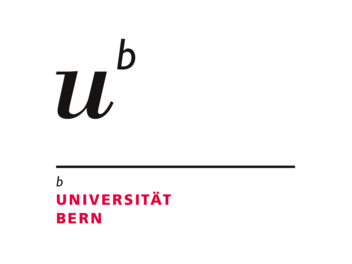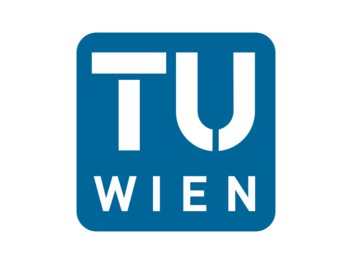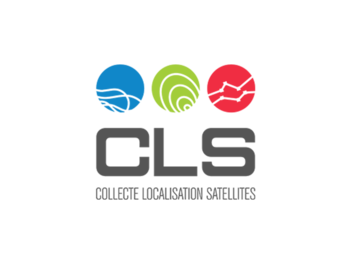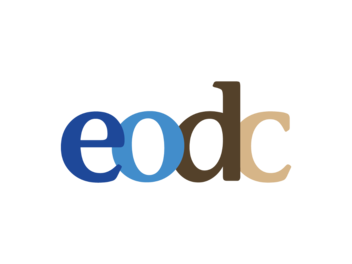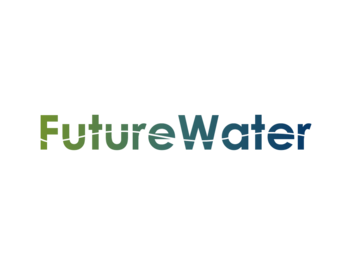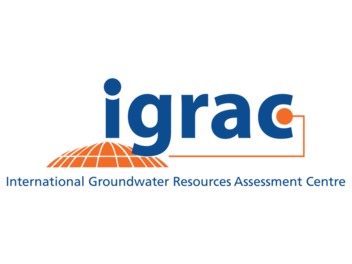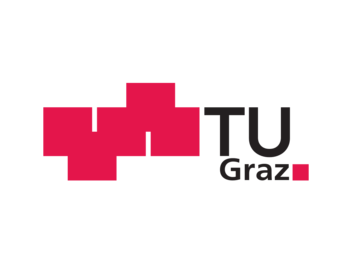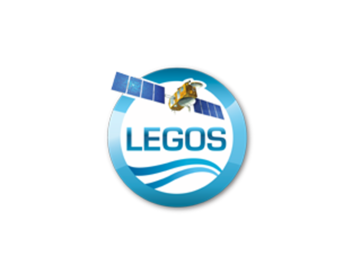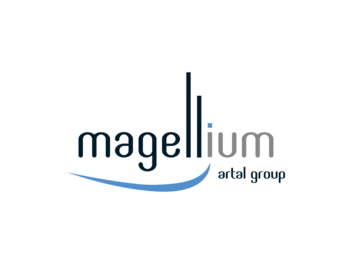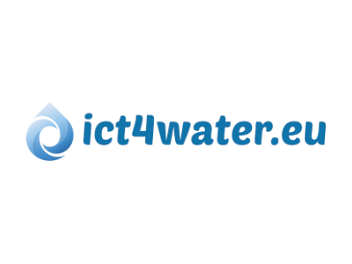Who we are
The G3P consortium comprises 12 partner organisations with outstanding experience in the fields of GRACE data analyses, groundwater research, and data product development and dissemination. To learn more about the individual organisations, please visit their websites.
Astronomical Institute of Uni Bern
The AIUB is composed of two research groups focusing on Satellite Geodesy and Optical Astronomy. They coordinated the EGSIEM project and established the Combination Service of Time-variable Gravity field solutions (COST-G), a new Product Center of IAG’s International Gravity Field Service (IGFS).
In G3P AIUB is responsible for coordinating satellite gravity data processing and development of the total water storage grids.
Climate and Environmental Remote Sensing Group of TU Wien
The CLIMERS is part of the GEO department's remote sensing division, which has co-developed several soil moisture data services for ASCAT, Sentinel-1 and other microwave sensors. These data services operate within the framework of EUMETSAT’s Satellite Application Facility in support to operational Hydrology and Water Management (H-SAF), Copernicus services (CGLS and C3S), and the ESA CCI.
In G3P they are lead in the work package focusing storage compartment quantification and focus on a gap-filled soil moisture product from C3S data.
For more information about TU Wien's contribution to G3P click here.
Collecte Localisation Satellites SA
CLS, a subsidiary of the French Space Agency CNES and of CNP, is a worldwide company and pioneer provider of monitoring and surveillance solutions for the Earth since 1986.
In G3P, in association with the LEGOS, they will produce a lake water storage variations product based on ESA CCI and Copernicus C3S datasets. Together with Magellium, a large scale hydrological model (Modelo de Grande Bacias - MGB) and satellite altimetry data will be used to provide a river water storage variations product over specific basins.
Department of Geography Universität Zürich
The Department of Geography (GIUZ) is hosting the World Glacier Monitoring Service (WGMS) that is – in collaboration with the U.S. National Snow and Ice Data Center (NSIDC) and the Global Land Ice Measurements from Space (GLIMS) initiative – in charge of running the Global Terrestrial Network for Glaciers (GTN-G).
In G3P they will reprocess C3S glacier datasets to provide a gridded glacier mass change product with high temporal resolution.
For more information about GIUZ's contribution to G3P click here.
EODC GmbH
The Earth Observation Data Centre for Water Resources Monitoring GmbH works together with partners from science, public, and private sectors to foster the use of earth observation (EO) data by providing collaborative IT infrastructure for archiving, processing, and distributing EO data. They lead the operational C3S Land Hydrology Cryosphere service for the provision of 11 ECV products, and leads ESA's CCI Research and Development activity for the Soil Moisture ECV.
EODC will provide the infrastructure, bring know-how from C3S activities for G3P service preparation and the implementation of its' operational framework.
Finnish Meteorological Institute
The FMI (fin. Ilmatieteen Laitos) provides first-hand information about the atmospheric, terrestrial and marine environments via space-borne observations of the Earth. Being involved in the WMO Global Cryosphere Watch they are well versed in remote sensing techniques for cryospheric and hydrological applications and the assessment of terrestrial snow cover.
In G3P they will bei involved in enhancing the Copernicus Global Land service (CGLS) Snow Water Equivalent product, also focusing on gap-filling and spatial expansion of this product.
For more information about FMI's contribution to G3P click here.
Future Water SL
FutureWater is a research and consulting organization with key expertise in the field of quantitative methods, based on simulation models, geographic information systems, and remote sensing observations (by satellite and unmanned aerial vehicles).
In G3P they will contribute to the validation of the final groundwater product. Furthermore, they will integrate G3P into the drought early warning system InfoSequia as a demonstrator for the industrial potential of the product.
For more information about FutureWater's contribution to G3P click here.
GFZ - Department 1
Department 1 “Geodesy” with its Sections 1.2 "Global Geomonitoring and Gravity Field" and 1.3 "Earth System Modelling" has profound expertise in the recovery and the interpretation of the Earth’s time variable gravity field. They are partner in the joint U.S-D Science Data System of GRACE-FO and have processing responsibilities for Level-1 (i.e., AOD1B), Level-2, and also Level-3 products.
In G3P they are mainly involved in analyzing and providing alternative Level-1, -2, and -3 data, and in developing globally gridded mass anomalies from global gravity fields.
GFZ - Section 4.4 "Hydrology"
The section has profound expertise in the assessment and management of hydrological extremes. They have long-lasting experience in hydrological application of GRACE time-variable gravity data, e.g. having pioneered the integration of GRACE-based data on water storage changes into hydrological models and the use of ground-based gravimetry for hydrological analyses.
In G3P they are responsible for project coordination and for the task of developing the final groundwater product.
For more information about GFZ Hydrology's contribution to G3P click here.
IGRAC
The International Groundwater Resources Assessment Center is the UNESCO Global Groundwater Centre. IGRAC facilitates and promotes international sharing of information and knowledge required for sustainable groundwater resources development and management worldwide.
In G3P IGRAC is the lead for dissemination of the product into the scientific community, the public, and potential industry stakeholders and is involved in the in-situ validation process of the final product.
For more information about IGRAC's contribution to G3P click here.
Institute of Geodesy of TU Graz
The primary topics of the institute's working group Theoretical Geodesy and Satellite Geodesy (IFG-TSG) are numerical and analytical techniques within the field of satellite and theoretical geodesy, with a strong focus on gravity field recovery, Global Navigation Satellite System (GNSS) data products and spaceborne sensor data analysis.
In the frame of the G3P they will be responsible for the implementation of an alternative GRACE-FO raw data processing chain as well as the computation of monthly GRACE-FO gravity field solutions.
LEGOS
Laboratoire d'Études en Géophysique et Océanographie Spatiales is a "mixed laboratory" comprising personnel from four organisations : Centre National d'Etudes Spatiales (CNES), Centre National de la Recherche Scientifique (CNRS), the Institut de Recherche pour le Developpement (IRD) and the University Paul Sabatier (UPS).
In G3P LEGOS, together with CLS, will work on altimetry based quantification of lake water storage and the validation of lake and river surface water storage products.
Magellium SAS
Magellium is a company with profound expertise in the fields of Earth observation, geographic information systems, geo-intelligence and vision-based embedded systems.
In G3P Magellium will address river water storage in a combined satellite altimetry and model approach, using the "Modelo de Grandes Bacias"-model (MGB).
Associated partners & memberships
ICT4Water cluster
G3P is member of the ICT4Water cluster. The cluster is a hub for EU-funded research and innovation projects on ICT applied to water management. Currently, around 40 projects are members of the cluster.
Space4Water
The G3P project is featured on the Space4Water page of projects, initiatives and community portals, which serve information and knowledge sharing rather than providing technical processing possibilities.
